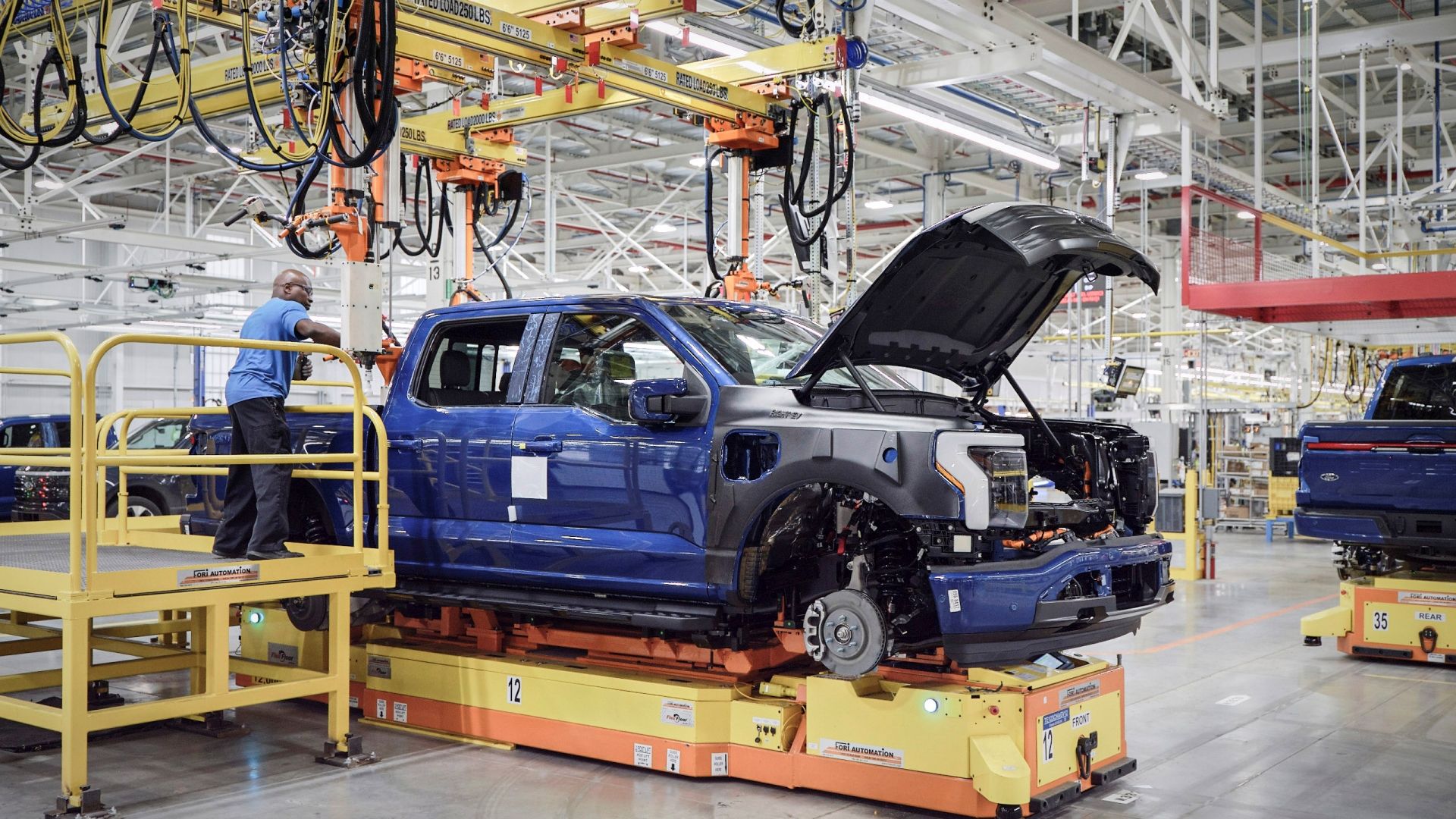Summary
- The recent UAW strike has resulted in higher pressure on the automotive market, potentially leading to price hikes across all brands and a less favorable market for buyers.
- The strike has had a ripple effect on all automakers, as they attempt to compete with higher wages, potentially leading to increased prices for all brands.
- The market is still recovering from the pandemic, which impacted supply shortages and profit losses for automakers. Brands may focus more on profitable models to make up for these losses, leaving cheaper options behind and increasing prices.
The automotive market has seen significant changes in the past decade, driven by the widespread growth of electric and hybrid vehicles, as well as the increasing popularity of crossovers and SUVs in the U.S. This has led to a shift in focus for manufacturers towards more profitable models, leaving cheaper options behind due to their lower returns.
This trend is concerning for most buyers, as SUVs and crossovers typically come with higher costs of ownership, while electric vehicles often have higher price tags compared to gas vehicles. There are also fewer affordable options available, and the remaining cheap models, including used options, are subject to year-round price hikes due to various reasons such as added premium features, supply shortages, market demand, and new car exclusivity.
In addition to explanations from automotive manufacturers’ spokespersons, the recent worker’s strike has added significant stress to the automotive market. The UAW strike, which lasted six weeks, has impacted the U.S. automotive market, leading to a surge in prices.
This article’s data was sourced from various manufacturer websites, CNN, KBB, Experian Automotive, and AAA to provide accurate and up-to-date information.
UAW Strike Puts Upward Pressure On The Market
The strike, involving around 150,000 workers at GM, Ford, and Stellantis plants, significantly impacted productivity for these American automakers. The six-week strike forced the brands to increase compensation, pension funding, and cost-of-living wages, which will likely have a lasting effect on the entire automotive industry.
Automakers are now seeking ways to recover profits after meeting the UAW strike demands. This could lead to brand-wide price hikes, reduced production of less profitable models, and higher interest rates, resulting in a less accommodating market. The impact of the historic 2023 strike is expected to be felt in the coming years as the market strives to stabilize.
Strike Puts Pressure On All Brands
While the UAW focused on the big three American brands, other manufacturers are also experiencing pressure due to competitive wages. As industry standards rise, competitors are compelled to meet these standards or risk losing skilled workers to other manufacturers, potentially leading to higher prices for all automakers as they strive to maintain productivity and profitability.
Market Still Recovering From The Pandemic
The global pandemic in 2020 forced factories to halt or slow down production, leading to a significant impact on the market. This resulted in average new and used car prices rising due to supply shortages, company profit losses, and a largely quarantined workforce.
Similarly to the UAW strike, the disruptions in productivity have affected automakers’ profits. To compensate for these losses, brands may prioritize profitable models or premium trim options, leaving cheaper offerings behind.
Leading Causes Of Rising Automotive Prices
- Limited supply
- Industry advancements including tech and features
- Manufacturing setbacks
- Corporate greed
Supply And Demand
The automotive industry struggled with product scarcity, particularly evident in the semiconductor shortage that affected many automakers. The resulting supply shortage initially drove prices up in 2022, with prices briefly dipping in February 2023 before surging again.
AAA’s 2023 study reported a 4.7-percent increase in new car prices from 2022, alongside a doubling of the average annual finance charge. The increased cost of owning a new car, combined with a rise in new car depreciation, reflects the effects of inflation on the industry.
Experts Weigh In On The Future Of The American Automotive Market
Major brands are shifting towards hybrid and electric vehicles, making affordable gas models scarcer. Brands are also pricing their crossover, SUV, and hybrid models competitively, which, although good news, still places them in a higher cost bracket than bargain gas sedans and smaller options, raising the average market price.
Furthermore, the used car market has seen price surges, making it difficult for many buyers to find affordable transportation. Although sticker prices on used vehicles have moderated, the increased interest rates make them ultimately more expensive to own. The average interest rate for a used car loan rose from 8.84 percent to 11.38 percent, while the average monthly payment also increased.
Used Car Loan Statistics
|
2021
|
2022
|
2023
|
|
Avg. Amount Financed
|
$24,059
|
$28,607
|
$26,863
|
|
Avg. Monthly Payment
|
$440
|
$519
|
$528
|
|
Avg. Interest Rate
|
8.59%
|
8.84%
|
11.38%
|
(Source: Experian Automotive)
These challenges facing the American auto market highlight the continued uncertainty due to the pandemic, UAW strikes, supply shortages, profit inflation, and other related factors, making it difficult for the market to stabilize.









